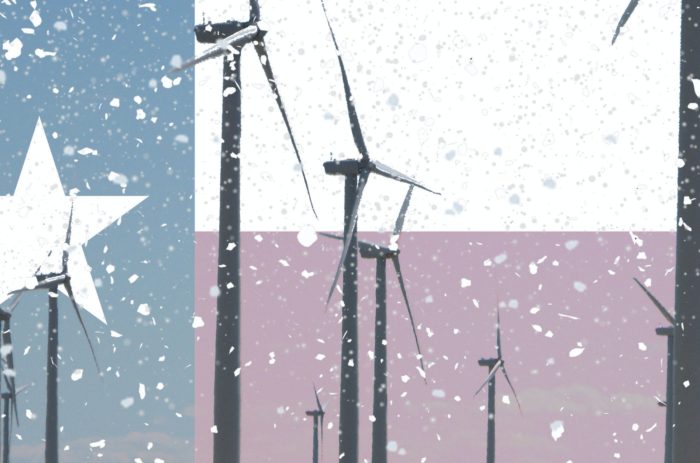redo Jump to...
print Print...
(By Bill Croke, Spectator.org) – …Local kids are hardly interested in the weekend treks of my hiking club, the mostly middle-aged “High Country Hikers.” I’ve seen very few over the last two years. Club members who are parents shake their heads as they tell me how they try to coax their kids off the couch and away from the 21st century virtual landscape, and point them toward a natural one. This is a national problem, of course, but here in Wyoming it’s surprising how many kids don’t partake of some of the wildest country in the Lower Forty Eight states. How childhood has changed.
When I was a kid in upstate New York in the 1960s we were forever turning up missing after school. We could sometimes be hard to find at dinnertime, and my mother had a loud bell that she rang on the front porch to summon me. Depending on the season, my friends and I played baseball and football, or ice-skated on a nearby lake. A snowstorm meant that school was closed and an entire day was devoted to building snow caves and snowmen (snowpersons nowadays?), and to sledding (“sleighriding” in upstate-speak), which included more snow shovel excavation projects, such as the engineering of “jumps.” And in the warm months there were games of “Kick-the-can,” “Army,” and “Cowboys and Indians.”
We used to play Cowboys and Indians on bicycles and with BB guns. The game itself draws PC frowns today, but the fact that we were actually shooting at each other with Daisy BB guns would surely elicit horror from the contemporary gun control crowd.
The game went like this: The cowboys had the BB guns and defended a particular piece of ground, while the whooping Indians circled on bikes that we pretended were horses, riding in close and throwing spears that were long sticks or old broom handles with sharpened wooden points.
You wouldn’t have to be a military historian to know that it was no contest. The Indians threw their spears, the cowboys dodged them, and then methodically shot the Indians with the BB guns, and it hurt.
I know this from personal experience. I loved being a howling Indian on a bike-horse — wearing one of my father’s old neckties tied around my head, my face streaked with red magic marker war paint — but hated being shot. A Daisy shot at close range stings and leaves a nasty welt.
Our “Greatest Generation” mothers — fun loving, but sensible — got wind of this game, and shut it down. Well, the BB gun part anyway (actually, they didn’t care much for the sharpened sticks either). So the BB guns went to the garage for the simple reason that a BB wound in the eye could be serious. “Do you want to put your eye out?” our sensible mothers demanded. “Do you want to be blinded for life?” We were very young then, and hadn’t yet studied the U.S. Constitution in school (do kids do that today?), so it didn’t occur to us to assert our Second Amendment rights.
A few years later my cousin Artie and I had graduated to .22s, and though we were smart enough not to shoot at each other (by now my father stressed the gun safety mantras of “never point a gun at anybody unless you meant to shoot them; and always treat any gun as if it was loaded,” etc.), we did spend a halcyon summer blasting away (.22 ammo was cheap) at road signs, telephone pole glass insulators, and from a high hill the boxcars of passing Erie Lackawanna freight trains. Those moving targets were great for polishing ersatz sniper skills, but to this day I pray to God that we didn’t take out any traveling hobos. Thank God we were both squeamish about tweety birds. I shot one once and then felt lousy about it. That was the only one.
Guns aside, other friends and I took up hatchets and chopped down saplings in the woods to build “forts.” Raiding the garage for odd pieces of lumber, hammer and nails, we once built a tree house that promptly came apart when we climbed up into it, causing two of us to take an abrupt eight foot fall to the ground, resulting in the standard minor cuts and bruises, and torn pants. My late father used to say that any kid who came home from play bloody and with ripped pants was a normal, healthy kid. And if stitches were needed, a patch up job at the local hospital emergency room cost Mom and Dad just eight or ten bucks. What a bargain. Though eight or ten dollars in 1963 was actually worth something.
It was always fun to have pets (animal companions?) like dogs, cats, and parakeets. But in the upstate summer the woods were crawling with critters begging to be brought home for an easy, domestic existence. We drove our mothers crazy as we came home with frogs, toads, box turtles, and the ubiquitous garter snakes.
My cousin Tom once caught a three-feet-long milk snake that was a red and striped white shiny prize. Milk snakes are a member of the non-venomous king snake family, and after some predictable hissing and striking, the snake became docile (they make great pets) and crawled exploringly on our arms and shoulders.
We then went to a beach on the aforementioned lake with the idea of showing the milk snake to a group of girls our age, who reacted in a predictable way. This quickly turned into a game of chase-the-screaming-girls-with-the-snake, a game we would have happily continued for hours had a stern lifeguard not intervened. At the behest of our parents we released the snake in the woods that evening, after what was probably the most exciting day of its life.
In some ways I feel sorry for kids today. They think that gluing themselves to a TV or playing video games is fun. They don’t know from fun.
Bill Croke is a writer in Cody, Wyoming.
First published at Spectator.org on June 12, 2007. Reprinted here June 14 with permission from The American Spectator. Visit the website at Spectator.org.
Questions
1. What point is Bill Croke making in his commentary “Old School Kids?”
2. Do you think he makes a good argument? Why or why not?
3. What arguments could you make against Mr. Croke’s premise that kids spend too much time with TV/computers/video games etc.?
4. Re-read the last paragraph of the article. Do you agree with Mr. Croke’s statement? Explain your answer.

